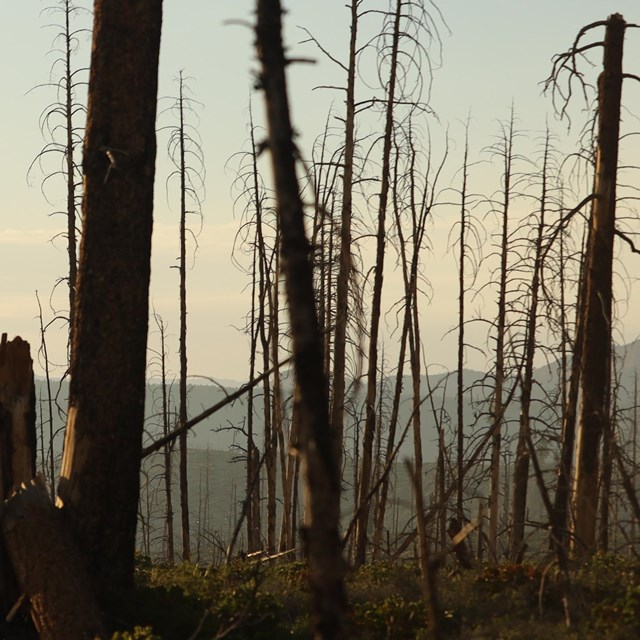Fire in Bryce Canyon
Summer on the Paunsaugunt Plateau brings bright sunny mornings that are often quickly replaced with dark storm clouds by the afternoon. In the distance, thunder rumbles after a lightning strike, signaling the start of the monsoon rains. The start of monsoon season is also the start of fire season at Bryce Canyon National Park: despite the rains, lightning has been the main source of fire here for millions of years.
What do you think of when you think of fire? While fires have a reputation for being destructive, they can also be creative forces in the right circumstances. Cycles of fire have shaped and maintained the life that calls Bryce Canyon home. Yet, for most of the 20th century a policy of total fire suppression removed this important natural process from forest ecosystems throughout the western United States – and Bryce Canyon is no exception. Without natural fire cycles, western forests have grown thick and crowded, producing major challenges for modern management. While today we are reintroducing fire to these ecosystems, fire management remains a delicate task which tries to balance the benefits of this natural process while also protecting visitors and historic structures.




